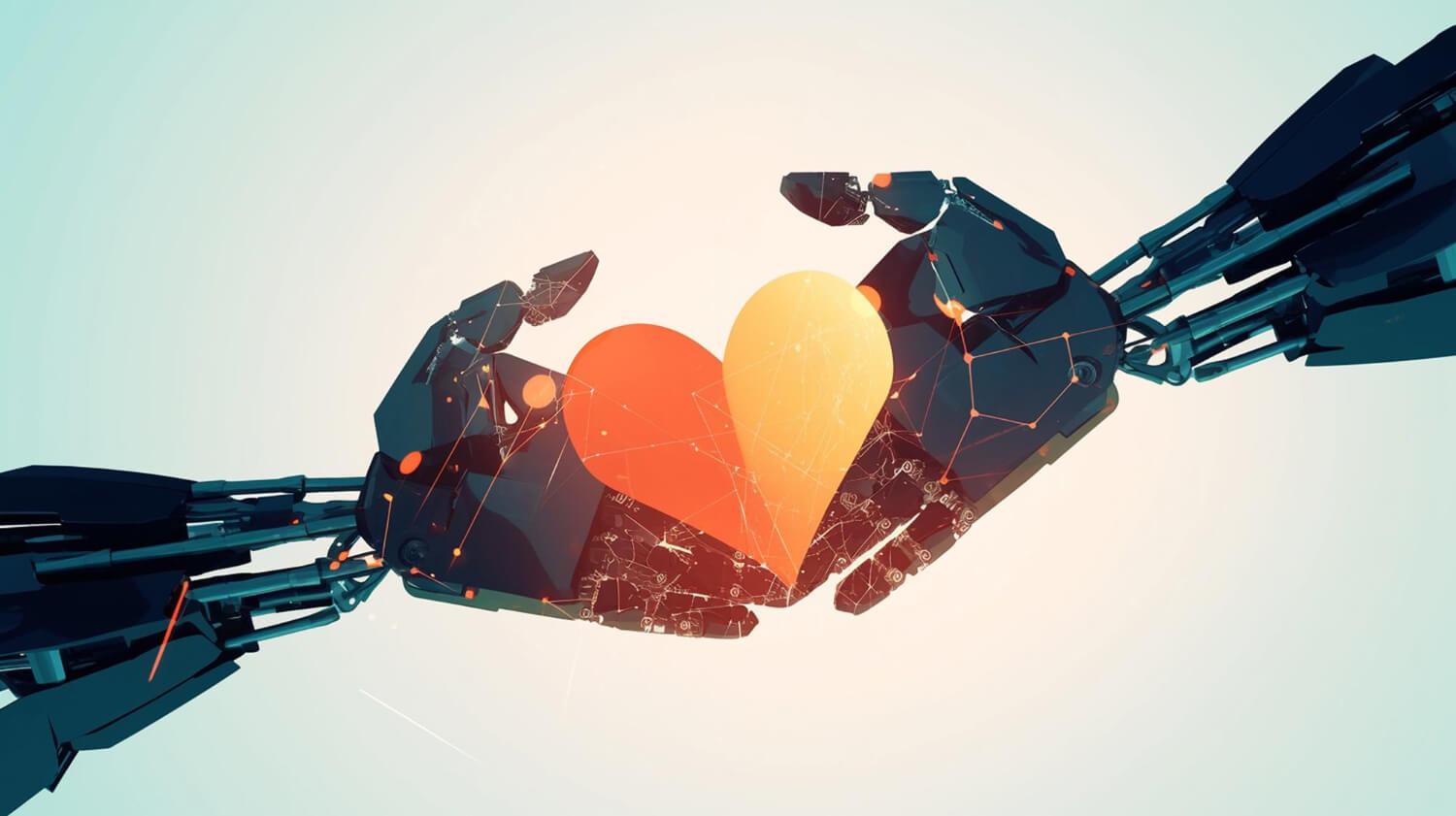How does artificial intelligence improve the analysis of GOCC’s financial data and increase the transparency of the charity?
6 February 2025 / Articles
The situation in which Jerzy Owsiak has found himself, discussed and commented on in recent days in the media, gives rise to numerous discussions and questions about the legal possibilities of action in such cases. Below we point out the key legal provisions on criminal threats, public incitement to hatred or violation of personal rights that could apply. These incidents serve as a reminder of how important legal protection is in situations where words and actions can escalate so far as to take the form of criminal acts.
In the second part of the article, we also outline how AI is revolutionising the analysis of financial data, increasing the transparency and efficiency of charities.
The final part of the article is based on a thorough analysis of the financial reports of the GOCC, available on the organisation’s official website, and demonstrates the practical application of technology in the non-profit sector.
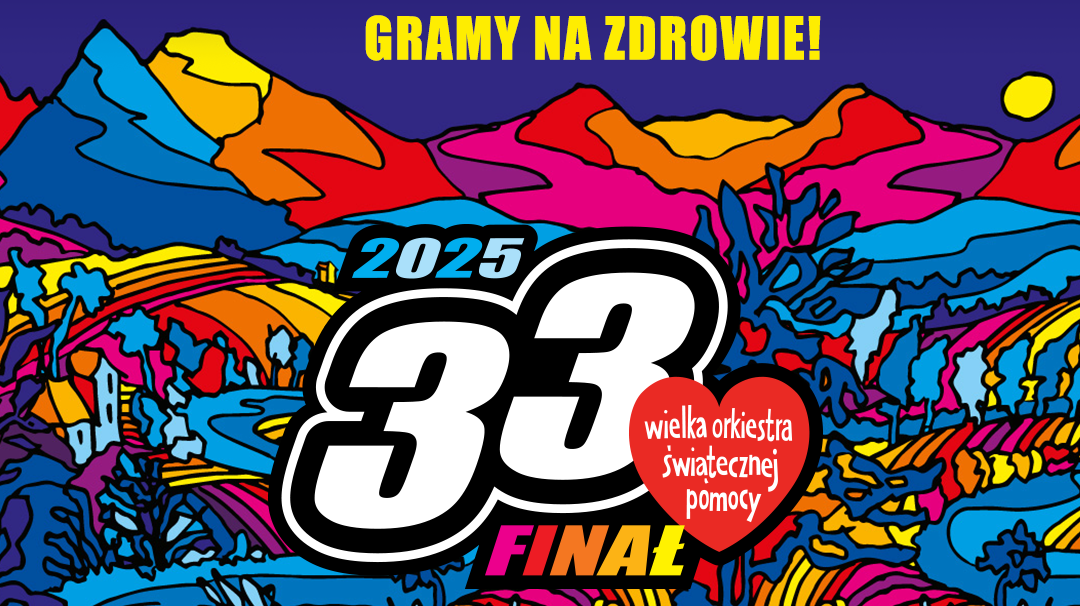
Graphics: WOŚP Foundation materials
Criminal threats and incitement to hatred – legal aspects on the example of the famous case of Jerzy Owsiak
Jerzy Owsiak, president of the Great Orchestra of Christmas Charity (WOŚP) Foundation, last week reported to law enforcement authorities the occurrence of criminal threats and public incitement to hatred against him and the Foundation. Phone and email threats, including calls for violence, caused the WOŚP Foundation president to reasonably fear their fulfilment. Owsiak also pointed to media activities that he considered manipulative and escalating negative emotions against him and the WOŚP. As a result, the foundation has banned certain editorial and television outlets from entering the foundation’s headquarters.
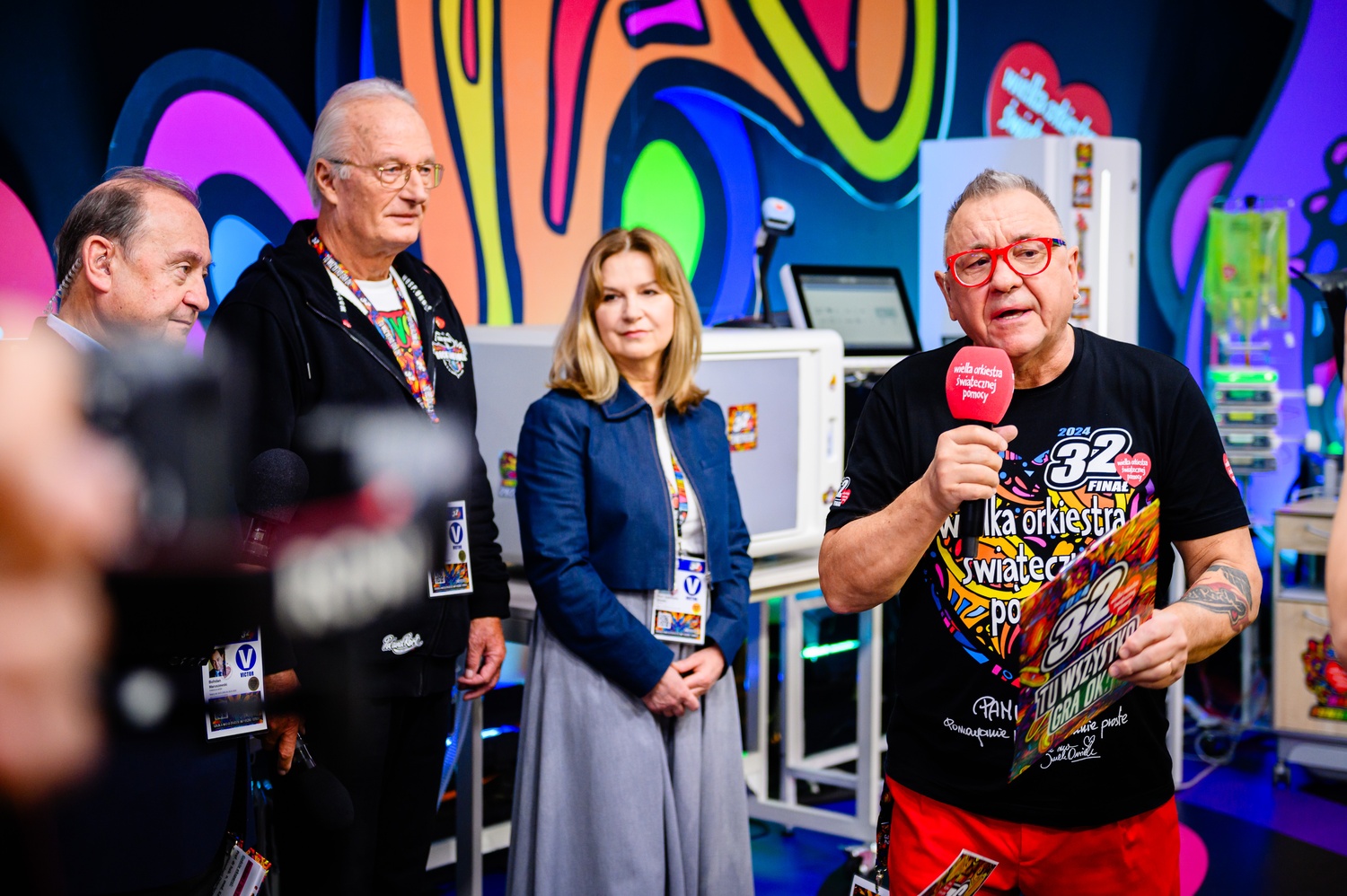
GOCC Foundation materials – photographer Marcin Michon
Criminal threats – when is it a crime?
Art. 190 CC [Criminal threat].
- Whoever threatens another person with committing a criminal offence to his/her detriment or to the detriment of a person close to him/her, if the threat induces in the person to whom it was addressed or whom it concerns a reasonable fear that it will be carried out, shall be subject to the penalty of deprivation of liberty for up to 3 years.
- Prosecution takes place at the request of the victim.
According to Article 190 of the Criminal Code, a criminal threat consists in threatening another person with the commission of an offence to his or her detriment or to the detriment of a person close to him or her, if it arouses in him or her a well-founded fear that it will be fulfilled. The key considerations here are:
- Objective considerations – whether an average person in similar circumstances would consider the threat to be real.
- Subjective feelings of the victim – how the threat affects a particular person.
In the case of Jerzy Owsiak and the employees of WOŚP, threats were made both by telephone and by email. Although the recordings of the conversations have not been preserved, the emails constitute important evidence in the case that can be used in the proceedings.
Incitement to hatred – legal consequences
Art. 255 CC [Public incitement to commit a misdemeanour or fiscal offence].
- Whoever publicly incites to the commission of a misdemeanour or fiscal offence shall be subject to a fine, the penalty of restriction of liberty or the penalty of deprivation of liberty for up to 2 years.
- Whoever publicly incites to the commission of a crime shall be subject to the penalty of deprivation of liberty for up to 3 years.
- Whoever publicly incites to the commission of a crime shall be subject to a fine of up to 180 daily rates, the penalty of restriction of liberty or the penalty of deprivation of liberty for up to one year.
Actions involving public incitement to hatred under Article 255 of the Criminal Code may lead to criminal liability. In the case of the GOCC, the president of the Foundation pointed to media activities carried out by certain TV stations and editorial offices. According to him, they may bear the hallmarks of manipulation and escalation of negative emotions towards the Foundation and its activities, which, as a result of strong social emotions, which are additionally escalated and fuelled, may end very seriously (the case of the President of Gdańsk, Mr Paweł Adamowicz, should be indicated here in particular).

GOCC Foundation materials – photographer Paweł Krup
Defamation and insult – protection of image and dignity
Going further, media activities which violate the image and good name of the Foundation may also potentially constitute a form of defamation (Article 212 CC) or insult (Article 216 CC).
Defamation refers to a situation where a person or institution is slandered for actions that may bring it into disrepute in public opinion.
Article 212 CC [Defamation].
- Whoever slanders another person, a group of persons, an institution, a legal person or an organisational unit without legal personality of such conduct or qualities which may humiliate him in public opinion or expose him to loss of confidence necessary for a given position, profession or type of activity, shall be subject to a fine or the penalty of restriction of liberty.
- If the perpetrator commits the act specified in § 1 by means of mass communication media, he shall be subject to a fine, the penalty of restriction of liberty or the penalty of deprivation of liberty for up to one year.
- In the event of a conviction for the offence specified in § 1 or 2, the court may rule on a surcharge in favour of the injured party, the Polish Red Cross or for another social purpose indicated by the injured party.
- The prosecution of the offence specified in § 1 or 2 shall be by private prosecution.
Insult includes utterances or gestures that affront the dignity of a person, also in the presence of others.
Article 216 CC [Insult].
- Whoever insults another person in his presence or even in his absence, but in public or with the intention that the insult should reach that person, shall be subject to a fine or the penalty of restriction of liberty.
- Whoever insults another person by means of mass communication shall be subject to a fine, the penalty of restriction of liberty or imprisonment of up to one year.
- If the insult has been provoked by defiant behaviour on the part of the victim or if the victim has responded by violating bodily integrity or by mutual insult, the court may waive punishment.
- In the event of a conviction for an offence specified in § 2, the court may order a surcharge for the benefit of the wronged party, the Polish Red Cross or for another social purpose indicated by the wronged party.
- Prosecution shall be by private prosecution.
Both offences are prosecuted by private prosecution, which means that an indictment must be brought by the victim. The assistance of a lawyer or solicitor is invaluable in such situations.
Infringement of personal rights – civil action
In situations such as this, the victim may also avail himself of civil law protection on the basis of the provisions on the protection of personal rights. This includes the possibility of claiming:
- Financial compensation.
- A public apology.
- The cessation of the action infringing personal rights and the removal of its effects.
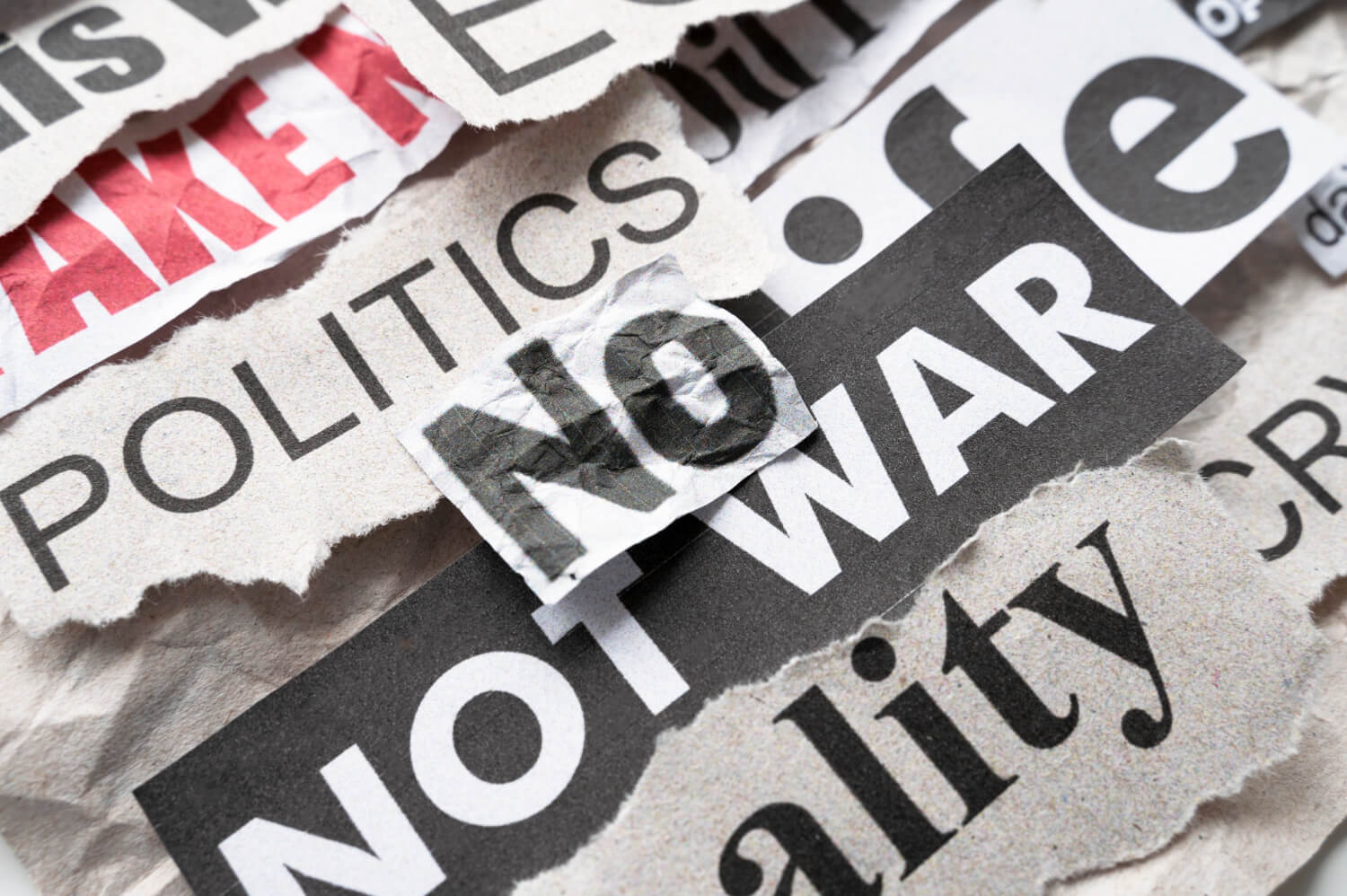
How to act in case of threats or slander?
- Report the suspected offence to the relevant services – notify the police or the public prosecutor’s office of threats or statements that may be insulting or defamatory. In the case of a criminal threat, a request for prosecution must also be made. The request can be made verbally on the record as well as in writing.
- Secure evidence – emails, recordings of conversations, or other forms of documentation are key to corroborating the allegations (for fear of deleting the evidence, it is a good idea to prepare screenshots or secure data on a website or social media with a notarised record).
- Use legal advice – a solicitor or barrister will assist in drafting the notice and also support you during criminal or civil proceedings. It is worth remembering that advocates or legal advisors also provide support in these cases free of charge (ex officio).
GOCC Foundation materials – photographer Łukasz Widziszowski
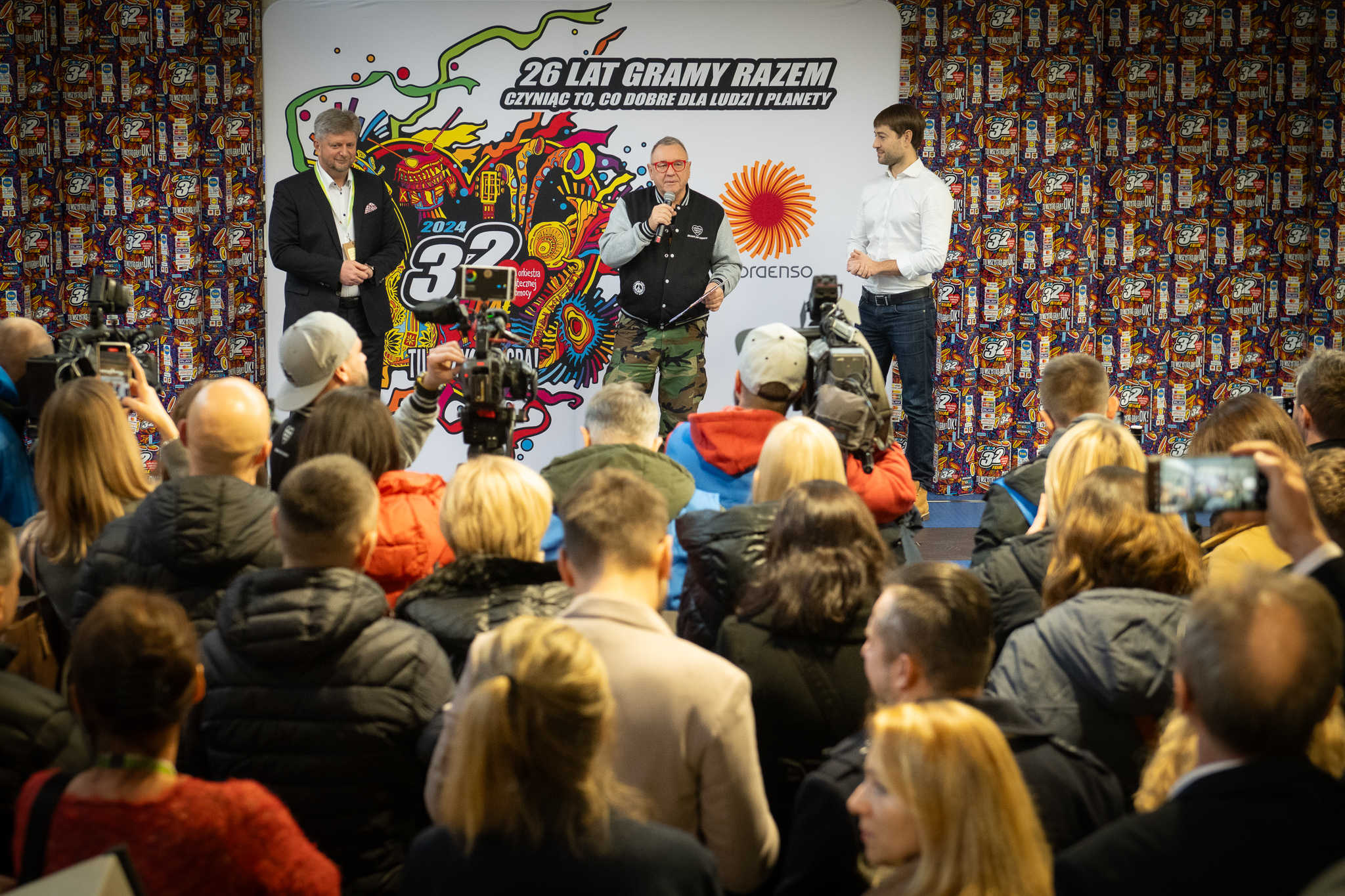
Materiały Fundacji WOŚP – fotograf Łukasz Widziszowski
WOŚP – social activity in the shadow of threats
The WOŚP Foundation has been supporting the Polish health service since 1993, collecting nearly PLN 2.3 billion for its cause so far. Despite its invaluable contribution to the healthcare system, its activities are sometimes the target of attacks, which shows how important it is to have effective legal protection mechanisms, but also – to focus on reliable information.
In this regard, it is always worth paying special attention to so-called ‘fake news’ appearing in the media or on television, which are often already at first glance distinguishable from other information (they are aggressive, refer to non-existent persons or events). Among fake news, there are many: flashy headlines, biased manipulations appearing in the statements of various people, or manipulated images or video. For this purpose (especially if the fake news concerns NGOs / non-governmental organisations), it is worth using the Demagog website .
The Demagog Association is the first Polish factchecking organisation. Since 2014, it has been verifying the statements of politicians, fighting against fake news and disinformation. In addition, it is also a team of analysts and educators for whom facts matter. The organisation’s mission is to fight fake news and disinformation and to provide citizens with reliable, unbiased and verified information.
Artificial intelligence can also be used to analyse fake news.
How artificial intelligence improves the analysis of GOCC’s financial data and increases the transparency of the charity’s activities
- Automating data acquisition: OCR as a key tool in the analysis of GOCC financial reports
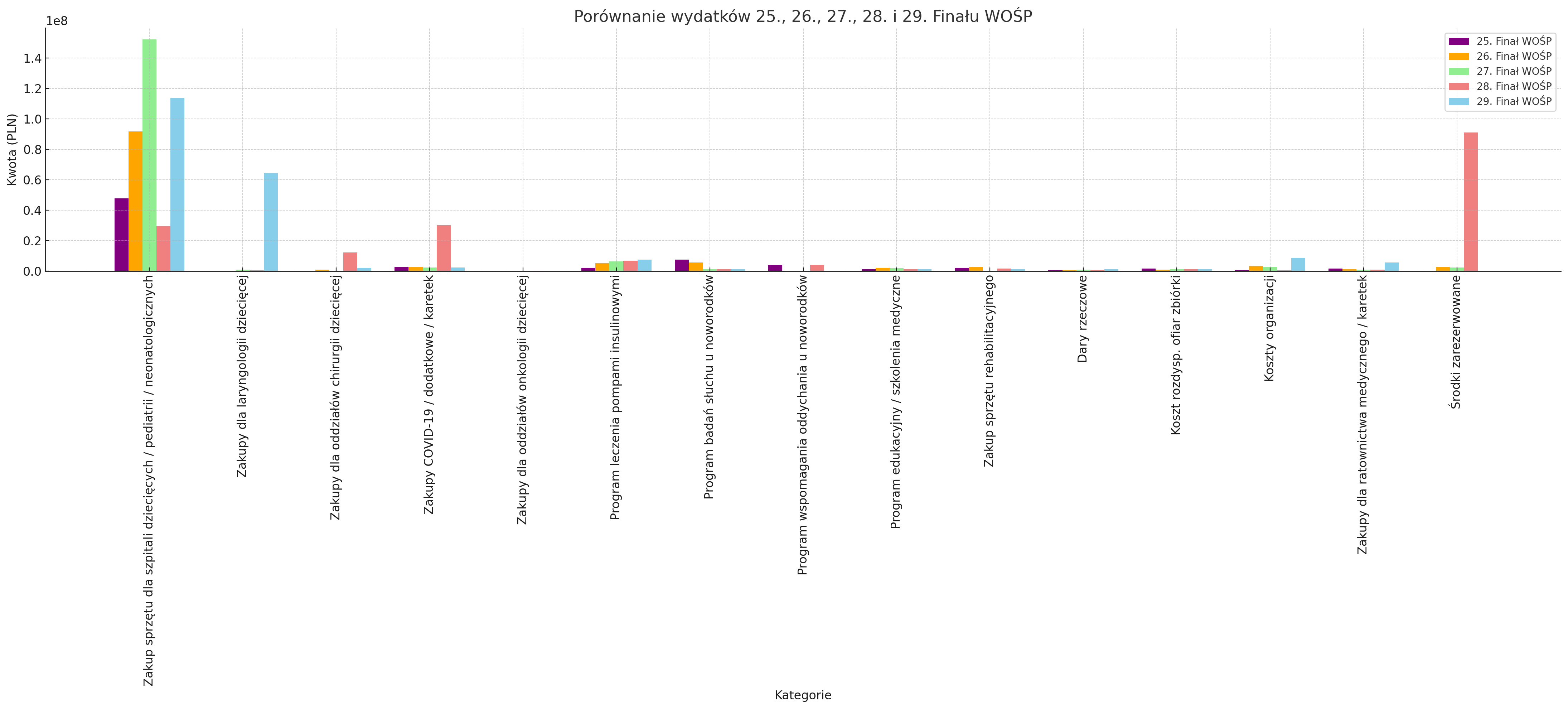
- Precise Data Extraction from Official Sources: The first step in the analysis process is data acquisition. In the case of WOŚP, the main source of information is the detailed financial reports, published annually in the form of images on the foundation’s official website. The AI modules responsible for data retrieval automatically acquire these images, eliminating the need for manual data entry. The images, which include the accounts, are available here: https://www.wosp.org.pl/fundacja/wazne/rozliczenia
- Optical Character Recognition (OCR) in the Service of Good: Optical Character Recognition (OCR) technology plays a key role. OCR algorithms accurately analyse the images of reports, converting the textual and numerical information they contain (dates, amounts, descriptions) into a digital format for further processing and analysis. This is a key element in automating the analysis of financial reports.
- Intelligent Structuring of Financial Data: The extracted data is then organised and categorised. AI algorithms automatically classify the information, separating it into readable sections, such as: medical equipment expenditure, medical programme delivery costs , administrative costs, in-kind donations and others. This makes GOCC financial reports more readable and understandable, without the need for expert knowledge to analyse them.
2. Objective analysis of GOCC financial data: lessons learned by AI and their relevance for donors
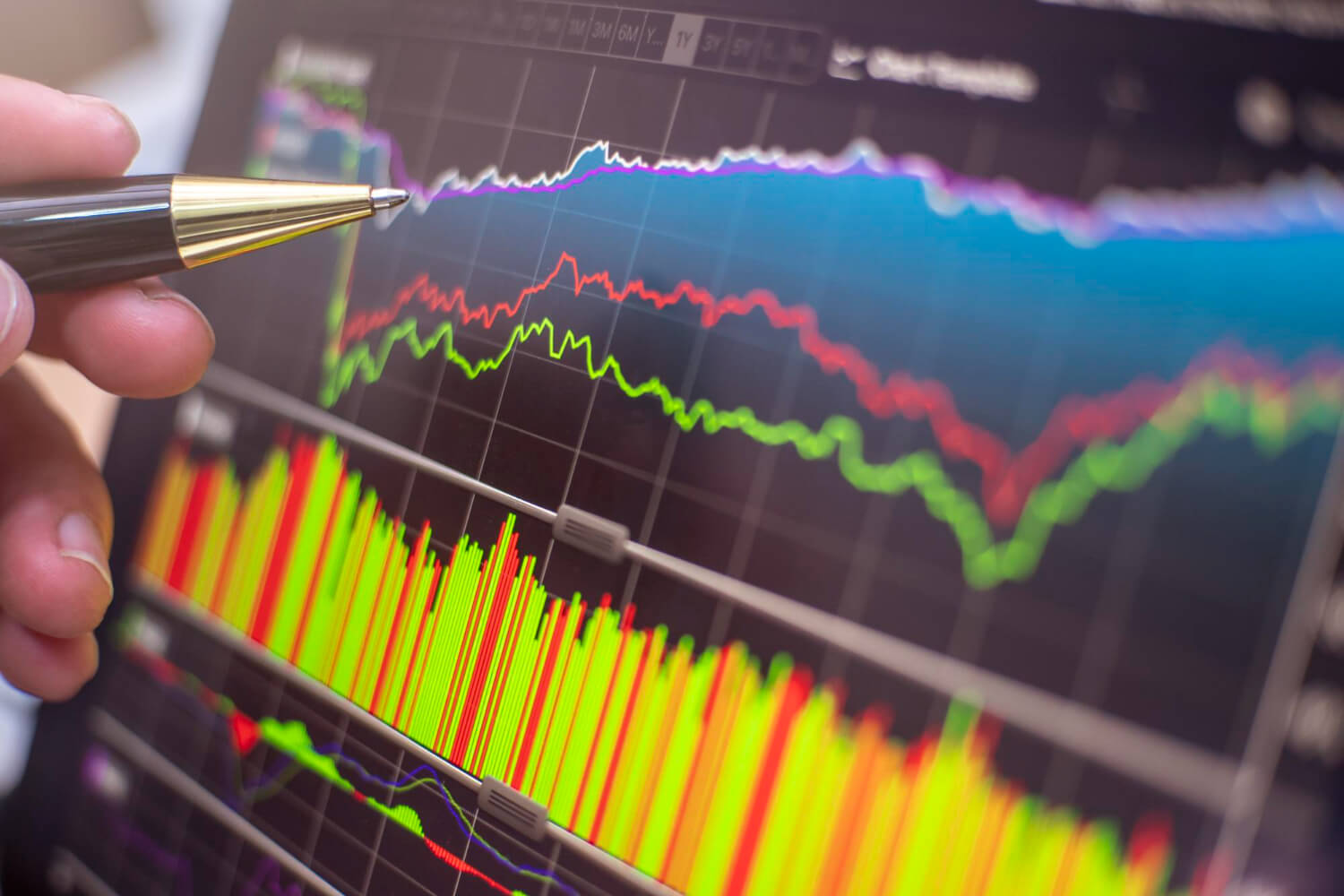
- Visualising Data for Better Understanding: Based on the processed data, AI generates clear visualisations, including charts and tables. These facilitate a quick overview of key information, trends in GOCC finances and expenditure structure for donors and all stakeholders.
- Detailed Analysis of Expenditure Structure: An in-depth analysis of the data, supported by AI algorithms , allows you to precisely determine where GOCC is spending the funds raised. For example, it is clear from the analysis that a significant portion of the budget is consistently invested in the purchase of specialised medical equipment for hospitals across Poland, which directly improves the quality of healthcare.
- Identification of Changes and Trends Over the Years: AI algorithms make it possible to track changes in the structure of GOCC spending over successive finals. For example, the analysis can show an increase in spending in specific areas, such as support for specific medical programmes, or a flexible response to current needs, as in the case of the increase in spending to fight COVID-19 in the 27th Final.
- Assessing Cost Effectiveness and Optimising Activities: AI can also support the analysis of administrative and operational costs of the GOCC, identifying potential areas for optimisation and increasing the efficiency of the use of every penny donated by donors.
- Stories Hidden in the Data: Real Impact on People’s Lives: It is important to emphasise that behind every row in the table and every bar in the graph are real human stories. The medical equipment purchased by the GOCC saves the lives and health of patients across Poland, and the support of medical programmes translates into an improvement in the quality of life for many people. Every number in the WOŚP financial report is not just a dry fact, but first and foremost a testimony of real help and goodness brought to those in need. These are hundreds of thousands of lives saved and smiles on the faces of children and their parents. Data gains real value when we realise that it reflects a real impact on the lives of people helped by WOŚP.
Why is AI such an effective tool in analysing charities’ data? Benefits for GOCC and donors
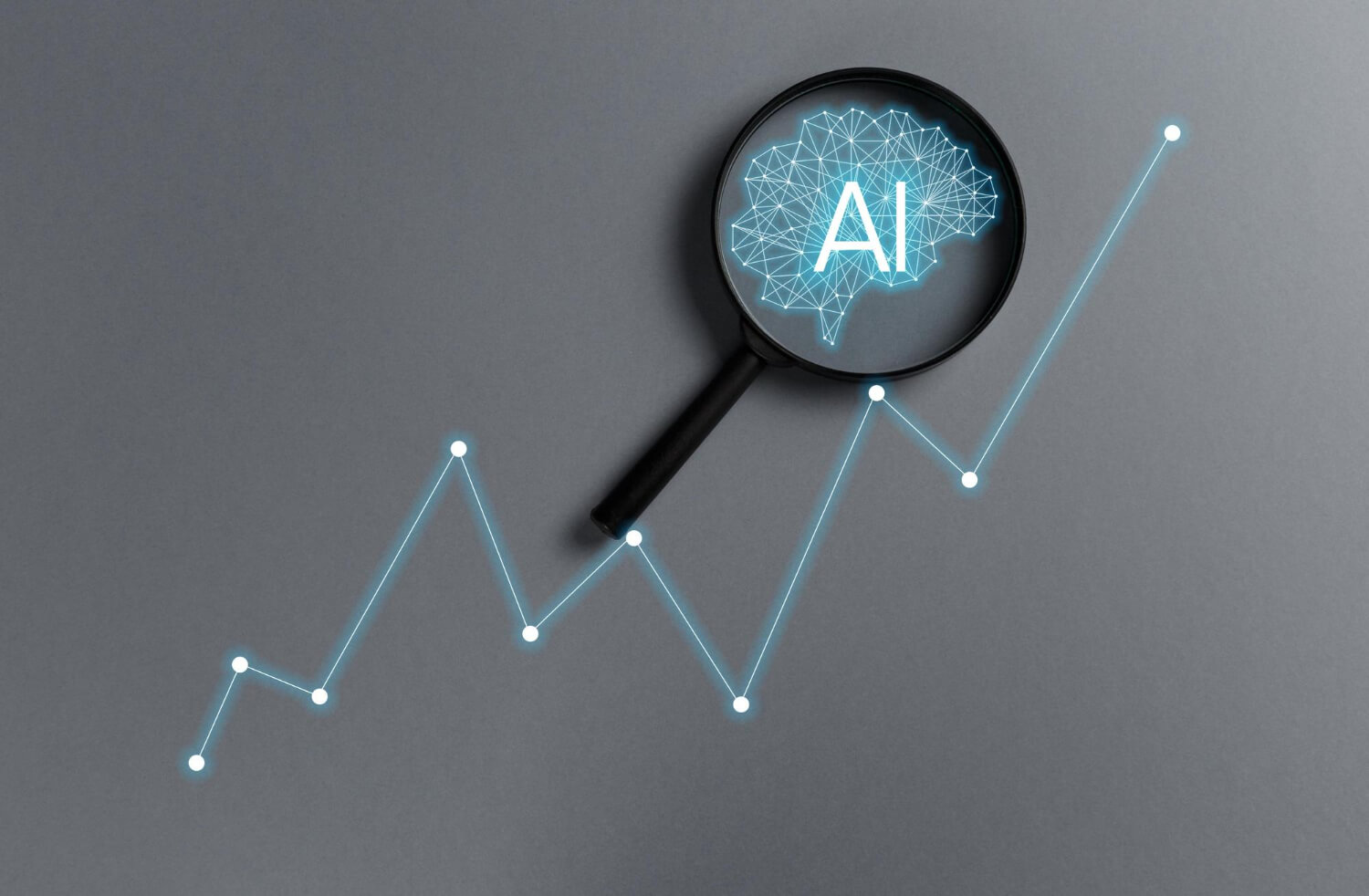
- Efficiency and Automation: the automation of the data acquisition and processing process, thanks to AI and OCR, significantly reduces the time and effort required to prepare comprehensive financial reports. This allows GOCC staff and volunteers to focus on achieving their statutory goals.
- Transparency and Credibility: Using objective and precise AI algorithms to analyse GOCC data increases the transparency and credibility of the information presented. Donors can be assured that the data is analysed fairly and impartially, which builds trust in the organisation.
- Scalability: AI-based systems can process huge amounts of data, regardless of the scale of the organisation and the number of financial reports. This is crucial for fast-growing organisations such as GOCC.
- Detecting Trends and Patterns for Better Planning: Advanced machine learning algorithms are able to identify hidden patterns and trends in GOCC financial data . These provide valuable information that supports strategic planning and decision-making, allowing us to help even more effectively.
Development perspectives and conclusions: GOCC as a role model
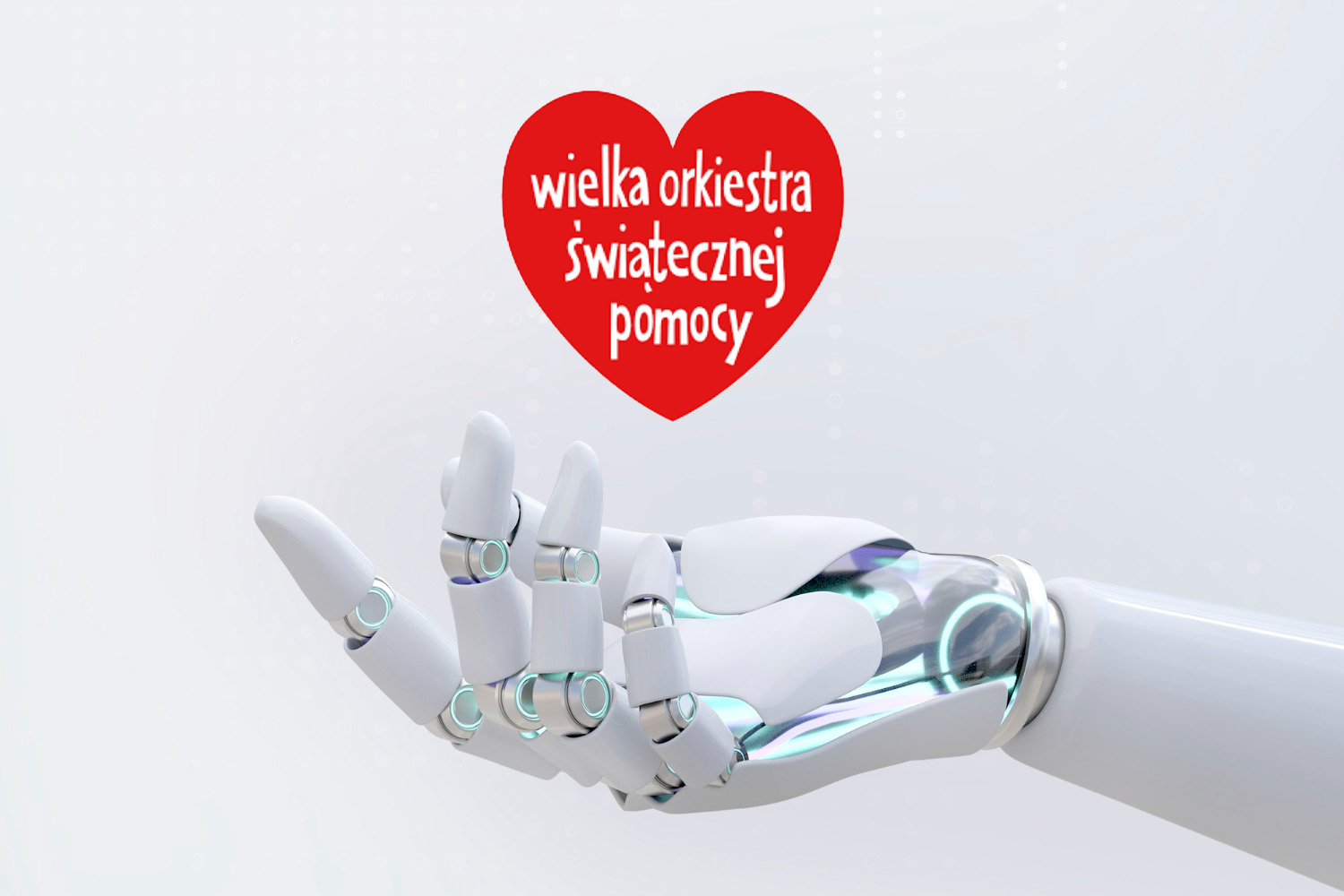
The use of artificial intelligence in the analysis of Great Orchestra of Christmas Charity’s financial data is an excellent example of the effective application of modern technology in the charity sector. Automation, objective analysis and the possibility of generating detailed reports contribute to the transparency, efficiency and credibility of the organisation’s operations.
The example of the Great Orchestra of Christmas Charity can serve as an inspiration for other entities operating in the field of charity, pointing to the benefits of adapting innovative technological solutions. Further development and implementation of AI in the sector may bring even greater improvements to the financial management and delivery of charities’ statutory objectives. However, it is worth remembering that technology is only a tool, and the real value comes from the human heart and the desire to help. It is empathy and commitment, combined with the analytical power of AI, that create the power to make a real difference in the world for the better.
Sources:
- GOCC data and financial reports available on the organisation’s official website.
- Information on OCR technology and artificial intelligence in data analysis.
Summary
Protecting against threats, defamation and hate speech requires the conscious use of available legal, but also technological tools. In the case of incidents such as those reported by Jerzy Owsiak, both criminal law actions and protection of personal rights through civil means are possible. An effective reaction allows not only to defend against further attacks, but also to build public awareness of the consequences of such actions.
Let us remember – if any information raises our doubts, it is worth checking it and reaching for the source. Technology, to the extent indicated above, can help us not only to verify the accuracy of data or information, but also its proper interpretation.
Need help with this topic?
Write to our expert
Articles in this category
MiCA does not cover DeFi. What does this mean for the crypto asset market in the EU?
MiCA does not cover DeFi. What does this mean for the crypto asset market in the EU?Liability for damage caused by autonomous vehicles – who is legally responsible?
Liability for damage caused by autonomous vehicles – who is legally responsible?Jacek Cieśliński in Puls Biznesu on the correct labelling of promotions
Jacek Cieśliński in Puls Biznesu on the correct labelling of promotionsGreen lies, real consequences – greenwashing in the light of the law
Green lies, real consequences – greenwashing in the light of the lawEuropean Accessibility Act (EAA) – a comprehensive guide for businesses
European Accessibility Act (EAA) – a comprehensive guide for businesses